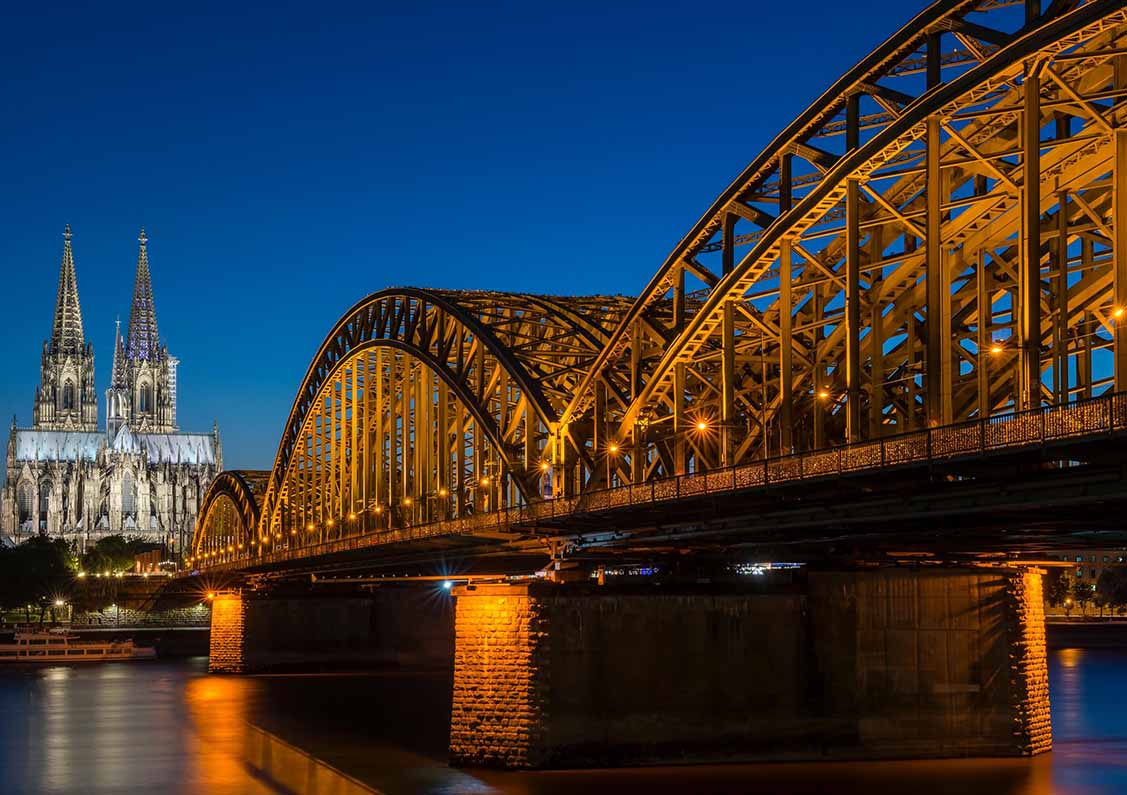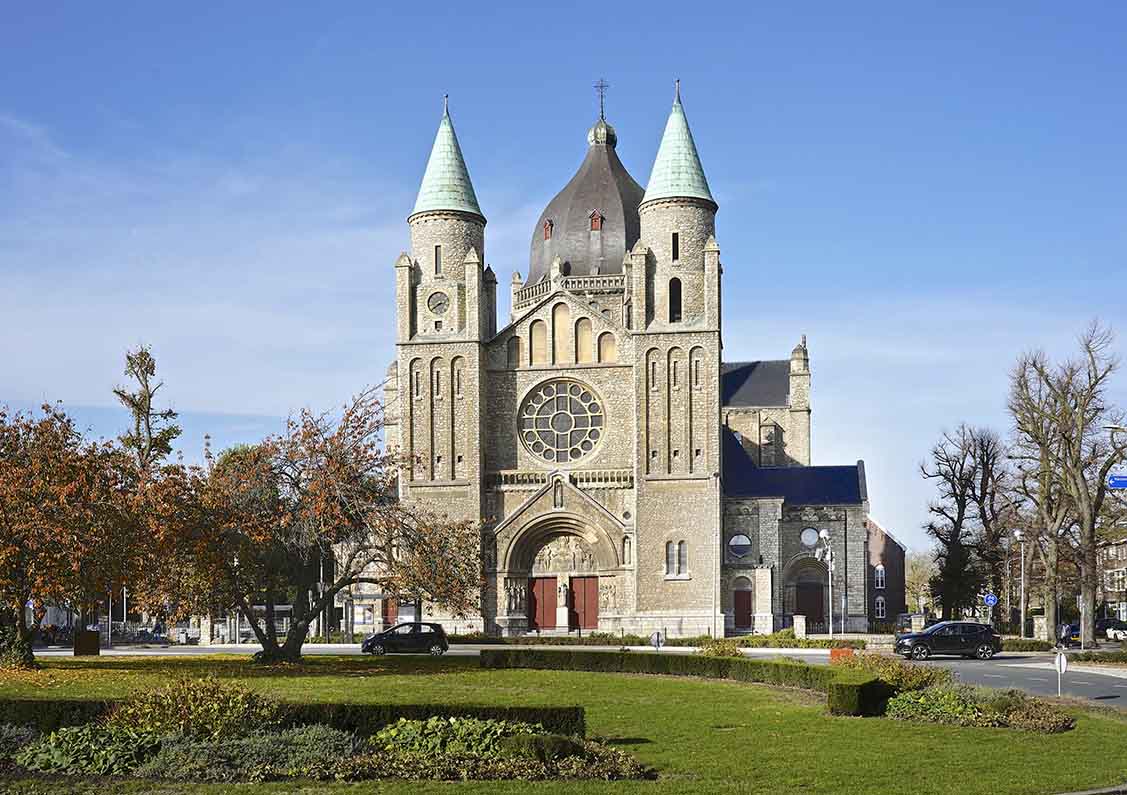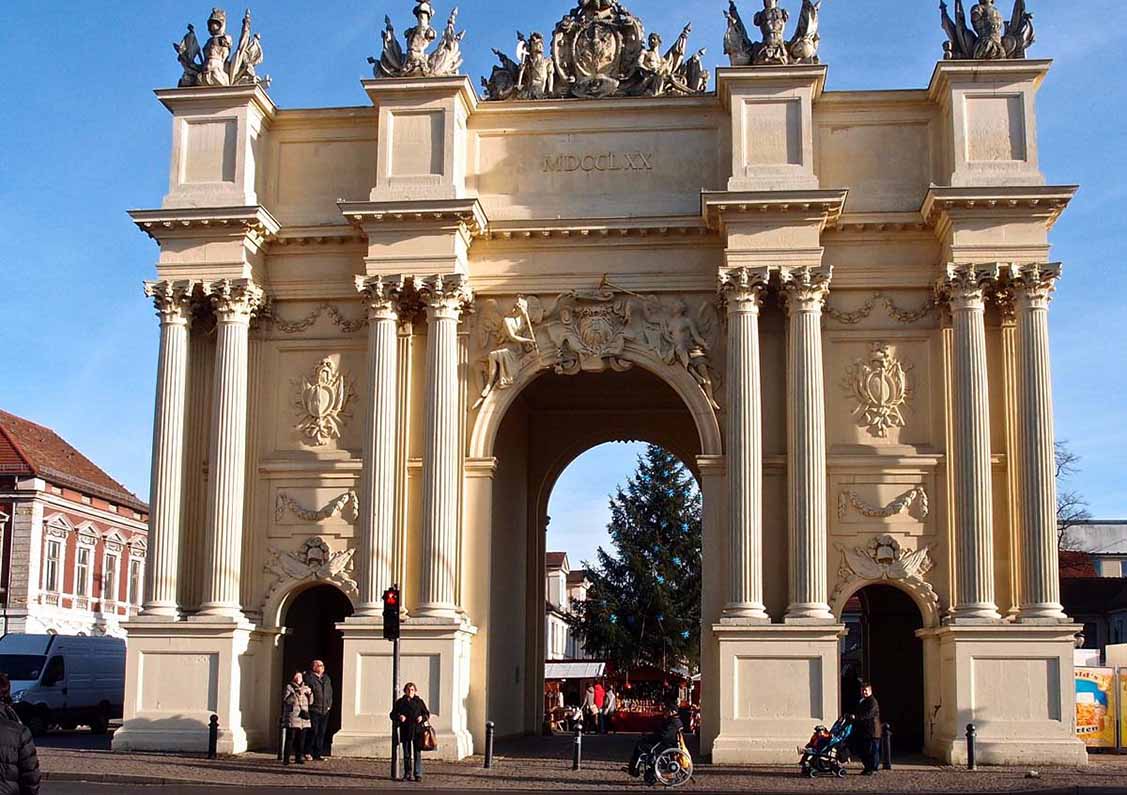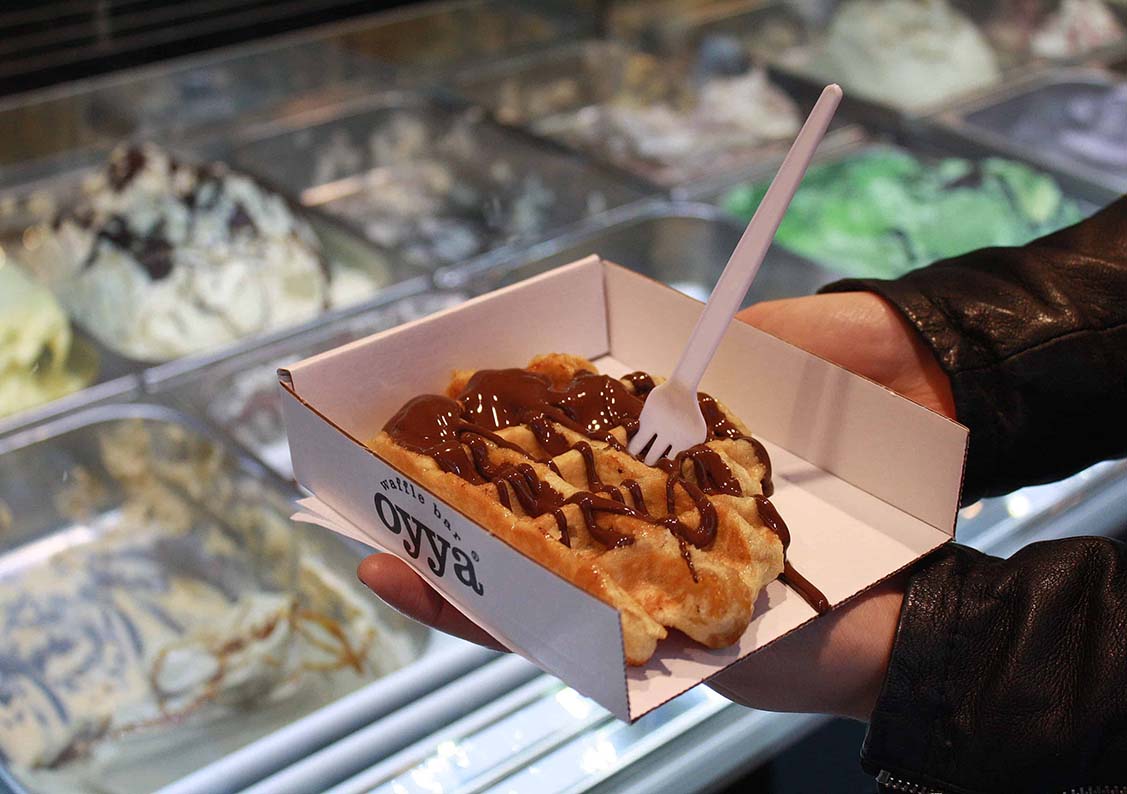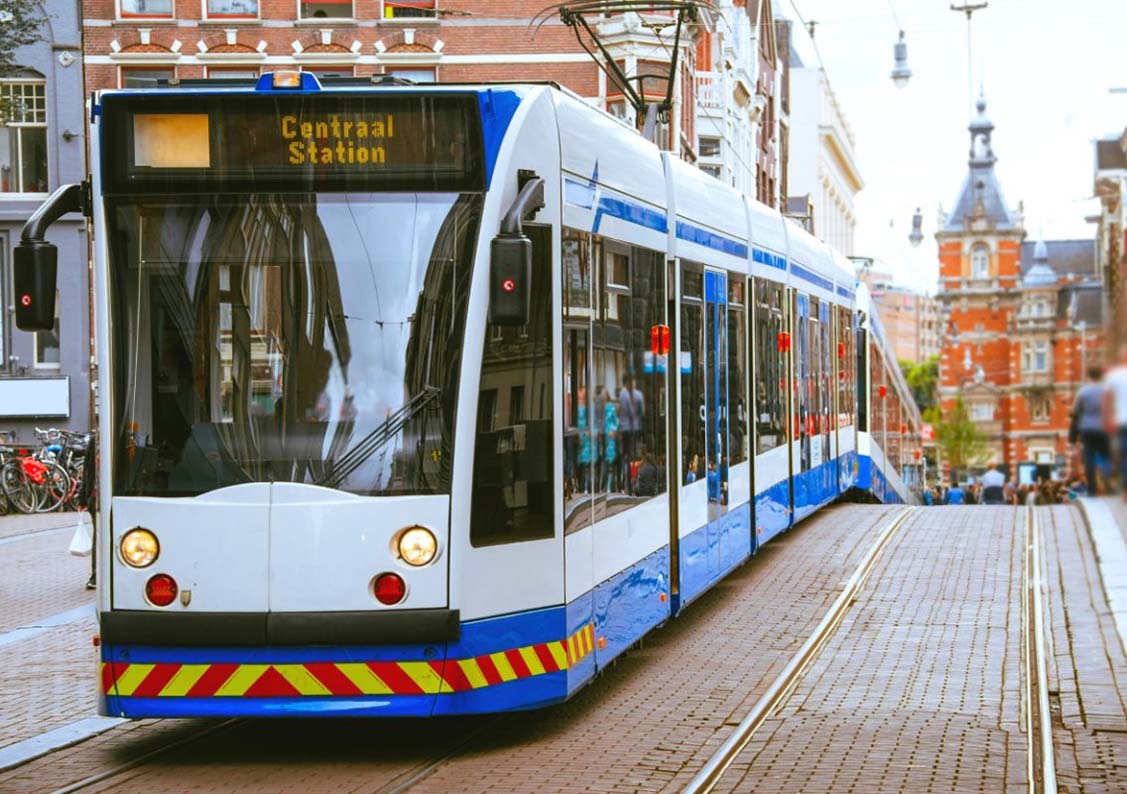Cologne (Köln) is one of Germany’s oldest cities, boasting a history of over 2,000 years. This vibrant metropolis along the Rhine River is famous for its stunning Gothic cathedral, diverse museums, traditional German cuisine, and lively festivals. If you’re visiting Cologne for the first time, you’ll be captivated by its rich historical heritage and modern charm.
I’ll provide you with the most comprehensive Cologne travel plan—from the best time to visit and transportation tips to must-see attractions, food recommendations, and practical travel tips. Get ready to explore this cultural gem in western Germany efficiently and enjoyably!
1. Best Time to Visit Cologne: When Should You Go?
Cologne’s Seasons: The Best Time to Visit
Cologne experiences four distinct seasons, each offering a unique atmosphere, attractions, and experiences. Whether you enjoy festivals, outdoor activities, or a quieter cultural getaway, there’s an ideal time to visit. Here’s a detailed look at what to expect in each season:
1. Spring (March to May)
Spring in Cologne is mild and refreshing, with temperatures gradually rising from 5°C in March to around 18°C in May. This is one of the best times for sightseeing and outdoor activities without the intense summer heat.
- Fewer crowds: Unlike summer, tourist numbers remain moderate, allowing for a relaxed experience at attractions like Cologne Cathedral (Kölner Dom) and the Old Town (Altstadt).
- Blooming parks and riverside beauty: The Rhine promenade, Flora Botanical Garden, and Volksgarten are especially beautiful with flowers in full bloom.
- Outdoor festivals: Events like Cologne Spring Festival and Rhine in Flames (Rhein in Flammen, May) offer spectacular firework displays over the river.
- Ideal for cycling and boat tours: With pleasant weather, it’s a great time for bike tours along the Rhine or a boat cruise to nearby towns like Bonn and Düsseldorf.
2. Summer (June to August)
Summer is the peak tourist season in Cologne, bringing longer daylight hours, lively events, and a buzzing atmosphere. Temperatures range from 20°C to 30°C, making it perfect for outdoor activities but also the busiest time of the year.
- Best for festivals & nightlife: Cologne hosts numerous outdoor events, including the Cologne Lights Festival (Kölner Lichter), featuring a massive fireworks display along the Rhine.
- Rhine river cruises & beer gardens: This is the ideal time to enjoy open-air beer gardens, rooftop bars, and boat trips to scenic Rhine Valley towns like Koblenz and Boppard.
- Higher prices & crowds: Hotels and flights are more expensive, and popular landmarks like Cologne Cathedral and the Chocolate Museum can be very crowded—advance booking is highly recommended.
- Outdoor markets & street life: Cologne’s riverside markets, pop-up summer bars, and food festivals create a lively, vibrant scene perfect for socializing.
3. Autumn (September to November)
Autumn in Cologne is cool and crisp, with temperatures ranging from 15°C in September to around 5°C in November. It’s a fantastic season for culture lovers and budget travelers.
- Fewer tourists, better prices: The summer crowds disappear, making hotels and flights more affordable. It’s easier to explore museums, historic sites, and restaurants without long lines.
- Golden landscapes: The Rhine Valley and Cologne parks transform into a sea of red, orange, and yellow, making it ideal for photography and walking tours.
- Wine season (October): This is Germany’s prime wine season, and Cologne is a great place to taste local Rhine Valley wines, especially Riesling and Spätburgunder (Pinot Noir).
- Cultural highlights: The Cologne Film Festival and art exhibitions make it a perfect time for museum visits and cultural events.
4. Winter (December to February)
Winter in Cologne is cold but magical, with temperatures averaging 0°C to 7°C. The city transforms into a winter wonderland, with festive lights, seasonal markets, and one of Europe’s biggest carnival celebrations.
- Christmas Markets (December): Cologne’s famous Christmas markets create a fairytale-like atmosphere. The Cologne Cathedral Christmas Market and Heumarkt Market are among the best, offering mulled wine (Glühwein), traditional German sausages, and handcrafted gifts.
- Cologne Carnival (February): One of Europe’s biggest street festivals, this week-long event features colorful parades, costumes, and city-wide parties—a must-experience for festival lovers.
- Cozy indoor activities: Winter is perfect for visiting Cologne’s museums, including the Chocolate Museum (Schokoladenmuseum), the Roman-Germanic Museum, and the Ludwig Museum.
- Romantic atmosphere: With snow-covered streets, candle-lit cafes, and warm Glühwein, winter in Cologne is a great time for couples looking for a cozy getaway.
Best Time to Visit Cologne
- For outdoor activities & sightseeing: Spring (March-May) & Autumn (September-November)
- For festivals, nightlife & the most vibrant atmosphere: Summer (June-August) & Cologne Carnival (February)
- For budget travelers & a quieter experience: Autumn & post-holiday winter (January-February)
- For a magical holiday atmosphere: December (Christmas markets)

2. How to Get to Cologne? — Transportation Guide
1. By Air — Cologne Bonn Airport (CGN)
Transportation Guide: How to Get to and Around Cologne
1. Cologne/Bonn Airport (CGN)
Cologne/Bonn Airport (CGN) is one of Germany’s major international airports, located about 15 km from the city center. The airport is well-equipped with modern facilities and offers connections to numerous cities across Europe and the world. Upon arrival, travelers can choose from the following transportation options to reach the city center:
S-Bahn (Light Rail):
- Take S13 or S19 to Cologne Central Station (Köln Hbf).
- The journey takes only 15 minutes, making it the fastest and most economical option.
- Ticket price: Approximately €3.50, available at ticket machines.
Airport Bus:
- Bus services connect the airport with Cologne, Bonn, and surrounding areas.
- Ideal for travelers heading to the suburbs or Bonn. Check schedules in advance.
Taxi or Uber:
- Travel time: About 20-30 minutes, depending on traffic.
- Fare: €30-40.
- Taxis in Cologne are safe and reliable. Taxi stands are available at the airport, and payments can be made via cash or credit card.
- Uber is also available, but prices are usually similar to taxis.
Car Rental:
- Several car rental companies are available at the airport, including Sixt, Hertz, and Europcar.
- Travel time: About 20-30 minutes via A59 highway.
- Important: Cologne’s city center includes low-emission zones (Umweltzone). Vehicles must have a green environmental badge (Umweltplakette) to enter.
2. Train – Fast and Efficient Rail Connections to Cologne
Cologne is a key hub in Germany’s railway network, offering high-speed trains (ICE, Thalys, Eurostar) and regional trains (RE, RB) connecting to major cities in Germany and across Europe.
High-Speed Train Routes:
- Frankfurt → Cologne: ~1 hour (ICE – Intercity Express)
- Amsterdam → Cologne: ~2.5 hours (ICE or Thalys)
- Brussels → Cologne: ~1.5 hours (Thalys or Eurostar)
- Paris → Cologne: ~3 hours (Thalys high-speed train)
Cologne Central Station (Köln Hauptbahnhof, Hbf):
- One of Germany’s busiest train stations, located in the city center, right next to Cologne Cathedral (Kölner Dom).
- Offers a variety of restaurants, supermarkets, and tourist information services.
- Multiple transfer options to S-Bahn, U-Bahn, trams, and buses for getting around the city.
How to Buy Tickets:
- German Railways (DB) website: www.bahn.de (for advance booking).
- Ticket machines at train stations and airports.
- Eurail Pass: Ideal for travelers visiting multiple European countries, allowing unlimited train travel on selected routes.
3. Public Transport in Cologne – Convenient & Efficient
Cologne has an excellent public transport system, including subways (U-Bahn), light rail (S-Bahn), trams, and buses, making it easy to navigate the city and nearby areas.
Subway (U-Bahn) & Light Rail (S-Bahn):
- The U-Bahn (underground) and S-Bahn (above-ground) provide the fastest way to travel within Cologne and to its suburbs.
- Major interchange stations: Köln Hbf (Central Station), Neumarkt, Deutz.
Trams & Buses:
- Useful for reaching attractions not covered by the subway, such as Cologne Zoo and Rheinpark.
- Some night bus routes operate late at night, ideal for nightlife lovers.
Ticket Prices & Köln Card:
- Single ticket (Einzelfahrschein): €3.50 (valid within the city).
- Day ticket (TagesTicket): €8.80 (unlimited rides for the day).
- Köln Card:
- 24-hour version: €9 / 48-hour version: €18.
- Includes unlimited public transport and discounts on museums, attractions, and restaurants.
- Available at ticket machines, tourist centers, and online.
Taxis & Shared Bikes:
- Taxi fares: Starting at €4, plus ~€2 per km.
- Shared Bikes (Call a Bike): A bike-sharing service by Deutsche Bahn (DB), with numerous stations across the city. A great option for short-distance sightseeing.
4. Driving & Parking
If you’re planning to explore Cologne and nearby cities like Bonn, Düsseldorf, or the Rhine Valley, renting a car can be a convenient option.
Highways (Autobahn):
- Cologne is connected to major German and European cities via A1, A3, and A4 highways.
- Many sections of the German Autobahn have no speed limit, but within city limits, the speed limit is generally 50 km/h.
Parking Information:
- Parking in the city center is expensive (~€2-3 per hour). It is recommended to use Park & Ride (P+R) parking lots and take public transport into the city.
- Recommended parking garages:
- Parkhaus Am Dom (Near Cologne Cathedral).
- Lanxess Arena Parkhaus (Ideal for concerts and events).
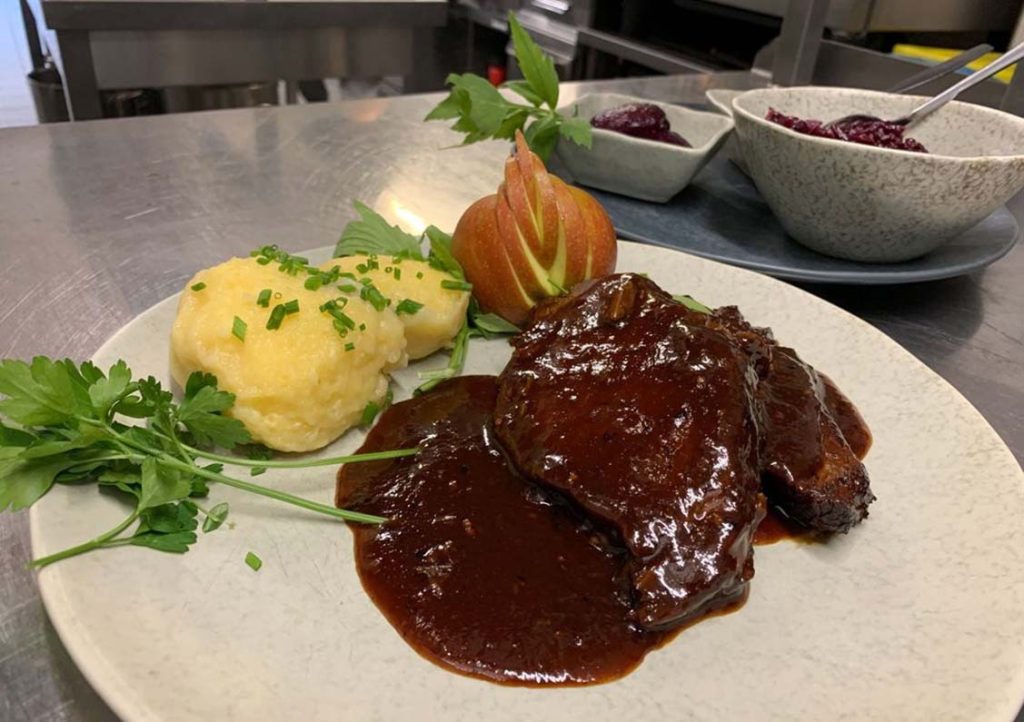
3. Must-Visit Attractions in Cologne
1. Cologne Cathedral (Kölner Dom)
UNESCO World Heritage Site, Germany’s most famous landmark.
157m tall Gothic masterpiece—climb to the top for panoramic city views.
Entry: Free (tower climb requires a fee).
2. Hohenzollern Bridge
One of the most picturesque Rhine River views.
Famous for thousands of love locks attached by couples.
3. Museum Ludwig & Römisch-Germanisches Museum
Museum Ludwig: Home to Picasso, Dalí, and modern art masterpieces.
Roman-Germanic Museum: Displays Cologne’s ancient Roman heritage.
4. Old Town (Altstadt)
A charming medieval district filled with traditional breweries, cafes, and lively squares.
5. Rheinpark
Perfect for relaxing, picnicking, and scenic walks along the Rhine.
Ride the cable car across the Rhine River for stunning city views
4. Cologne Food Guide
Must-Try Dishes
- Schweinshaxe (Roasted Pork Knuckle) – Crispy on the outside, tender inside.
- Rheinischer Sauerbraten (Rhenish Marinated Beef) – A regional specialty with a slightly sour taste.
Cologne’s Famous Beer
- Kölsch – A light, crisp beer unique to Cologne.
- Best beer halls: Früh am Dom, Peters Brauhaus.
5. Travel Tips for Cologne
Best Hotels
- Luxury: Excelsior Hotel Ernst (5-star, next to Cologne Cathedral).
- Mid-range: Motel One Köln-Neumarkt (great location & modern design).
- Budget: Jugendherberge Köln-Deutz (ideal for backpackers).
Cologne Carnival (February)
- One of Europe’s biggest street festivals—wear a costume and join the fun!
Cologne is a charming city that combines history, culture, shopping and food. Whether it is your first time here or you have visited it many times, it will give you an unforgettable experience.
